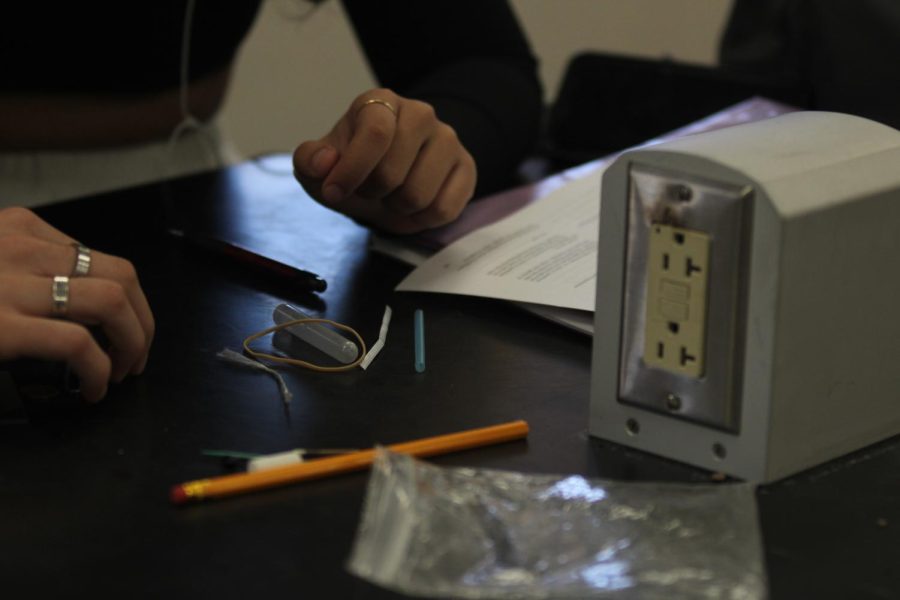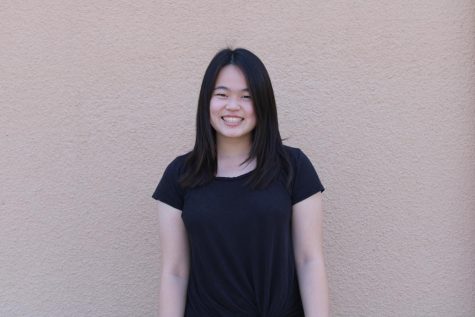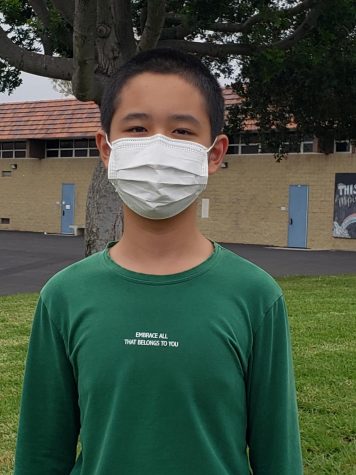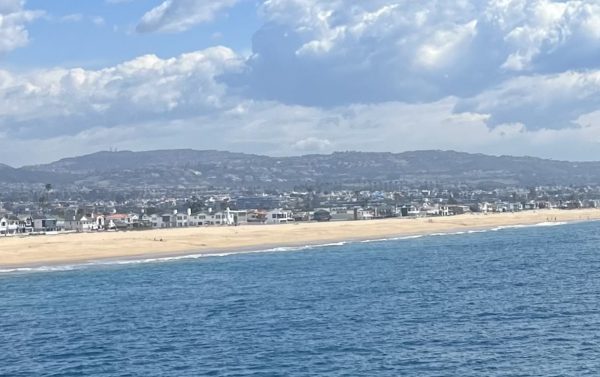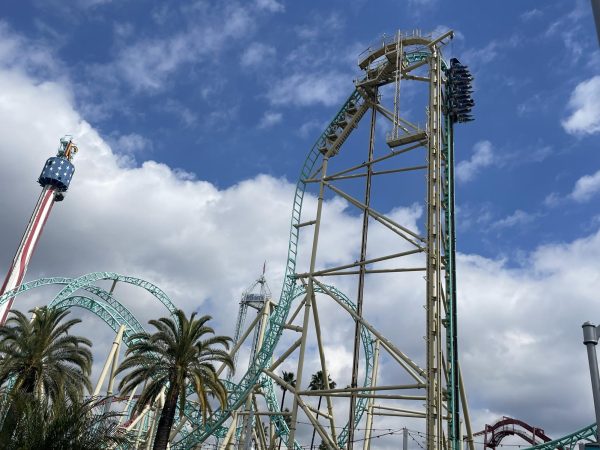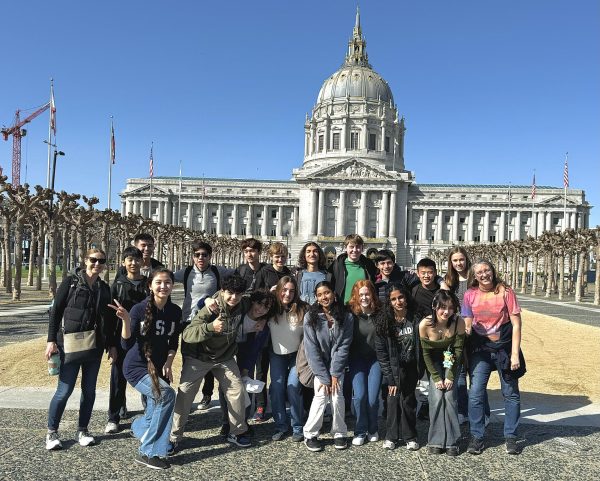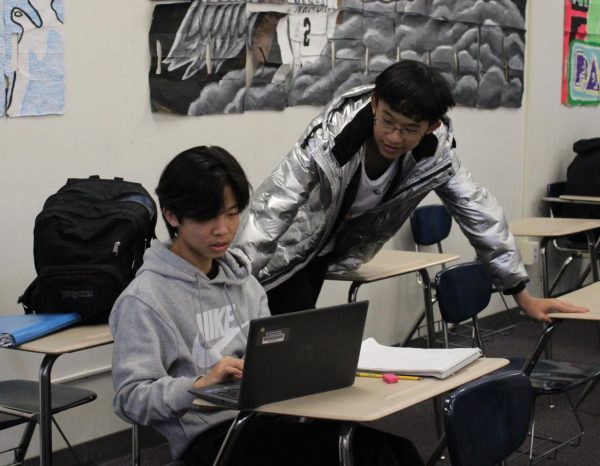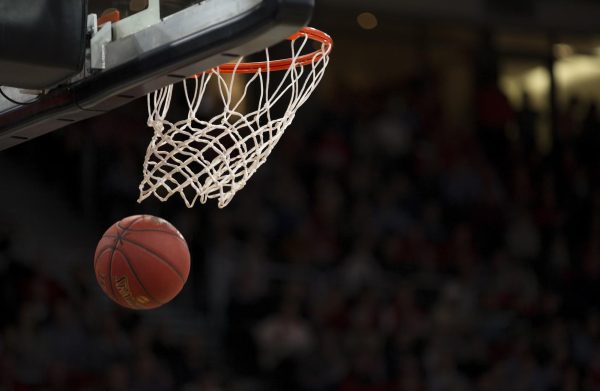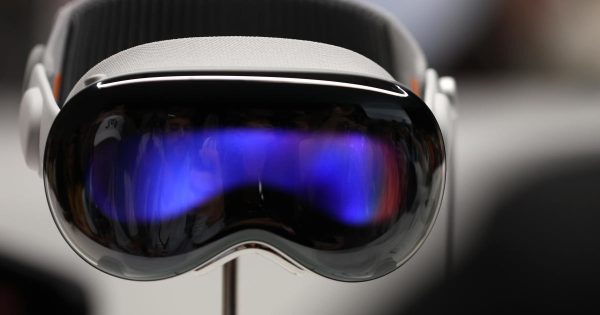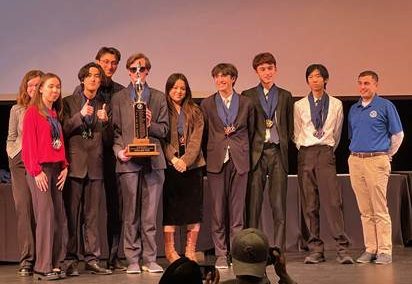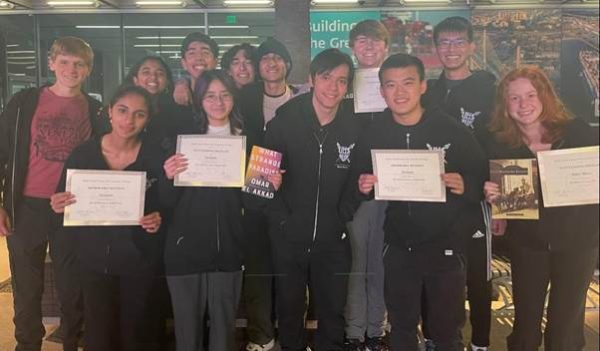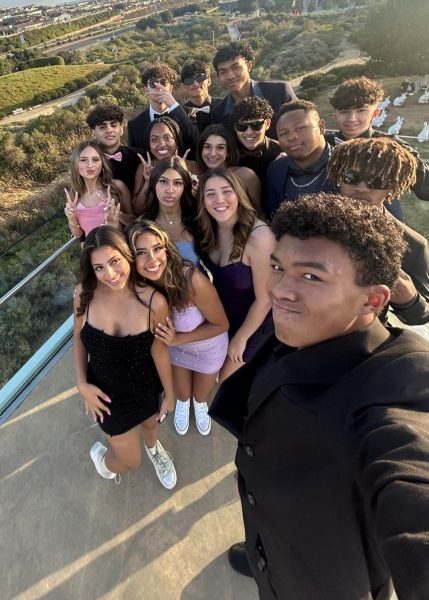IUSD Hosts 41st Annual Science Fair
February 23, 2022
This year, more than thirty UHS students participated in the 41st IUSD Science Fair, altogether submitting 28 projects. This was IUSD’s second year hosting a virtual fair. Projects ranged from inquiries to engineering projects and offered students from sixth to twelfth grade the opportunity to explore their interests in science, technology, engineering, and mathematics.
AP Physics teacher Mr. Tim Smay has mentored many science fair students and has seen both the benefits and challenges of the virtual format.
“The good part about [the online format] is that every student that submits a project is now allowed in the fair,” Mr. Smay said.
In previous years, due to the physical capacity of the fair, each school was allotted only a certain number of entries.
A drawback of the virtual format, however, is that students no longer had the opportunity to converse with scientists and judges about their project.
“[Being able to speak with scientists and judges] forces participants to have a discussion with a professional, where they are critiquing the students’ work. This is a super important part of the educational gain found in a science fair project,” Mr. Smay said.
Students this year presented their research through videos, slideshows, and logbook pages, which were collated onto a Google Site.
Junior Dylan Soong discussed a significant difference in the online presentation of his project.
“In person, it is easier to connect to judges, share my personal connections to the project, and demonstrate my project,” Soong said.
Students, including junior Aniyah Shen, acknowledged the importance of scientific discourse and communicating the significance of their projects.
“Specifically to the Science Fair, a ‘good’ contestant is one who is able to clearly communicate their work and findings and their significance to judges, the public, and peers,” Shen said.
Although students missed out on engaging with the judges this year, many research labs reopened, offering students more research opportunities. Shen was able to complete her research in a lab at UCI and broaden her lab skills.
Shen’s project, along with many others, reflect a trend in science fair projects made by UHS students.
“Students have become savvy at going to UCI and working in professors’ labs and getting in on their research,” Mr. Smay said.
However, some students also completed their projects completely from home during this time of pandemic.
Junior Paulina Wodarz completed her project completely virtually and from home.
“It’s been so different because of all the organizational aspects and interviews being completely changed [to a virtual setting],” Wodarz said.
Wodarz completed her entire project from home but found other ways to expedite the scientific process, such as using online data tools.
“The challenges were definitely outweighed by how interesting the results came out!” Wodarz said.
Amidst the challenges that came with the virtual format of the Science Fair, Smay, like Wodarz, remains confident in the value of this opportunity.
“A good science fair student is one that is truly interested in science,” Smay said. “That is all it takes.”
Results for the IUSD Science Fair projects that will advance to the 2022 Orange County Science and Engineering Fair (OCSEF) were announced on Feb. 15, 2022.
The winners of the Division Winner Awards this year are Alex Liu, Aniyah Shen, Dylan Soong, Edward Jung, Haolin (Kevin) Yang, Mari Igarashi, Ming Qi, Minh Trinh, Pranav Moudgalya, Sara Hong, and Tanush Paradeshi.
The winners of the Outstanding Project Award are Abishek Rao, Charles TIan, Daichi Hiraoka, Om Kamat, Paulina Wodarz, Quinne Davis, Arisha Al Faruque, Sophia Dai, Sophia Whyel, and Victor Li.


